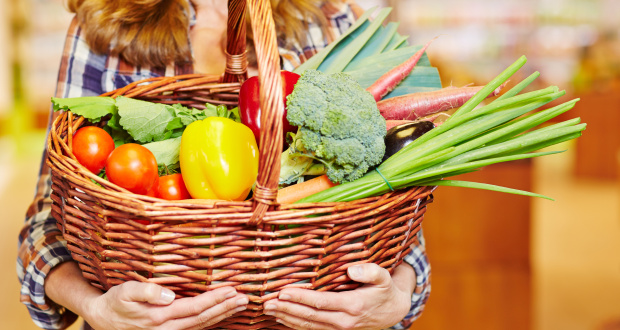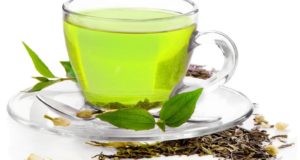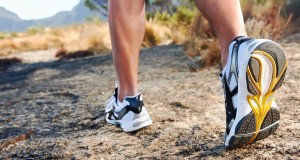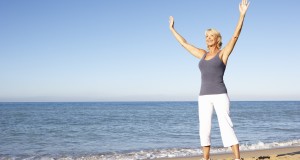Book Review: Eating on the Wild Side: The Missing Link to Optimum Health
Author: Jo Robinson
407 pages, Little Brown and Company, $16.00
Eating on the Wild Sideis separated into two parts, Part I is dedicated to vegetables and Part II is dedicated to fruits. Each chapter contains the origins and history of each food or food group, health benefits, how to shop for each item, information about storage, and tips for healthy food preparation. Additionally, each chapter concludes with charts that provide recommended varieties and a summary of the chapter.
For example, alliums, which include garlic, onions, shallots, leeks, scallions, and chives, have been historically used in meals and in medicine. Robinson notes that French Priests used garlic and onions in their food to help fend off the Black Plague in the 14th century. Before penicillin became readily available, Russians used garlic to treat infected wounds in World War II. While alliums are extremely healthy, our tastes have changed over the centuries with the invention of sweet onions such as the Vidalia and Western White varieties. These varieties have taken away many of the antioxidants that are present in Western Yellow onions or shallots. Interestingly, Robinson maintains that onions become sweeter after being cooked and also provides suggestions for cutting onions that will reduce the irritation to your eyes.
In addition to alliums, Robinson discusses salad greens, corn, root vegetables, crucifers, legumes, apples, berries, stone fruits, and more! What you learn may surprise you – an apple a day does not actually keep the doctor away, as opposed to the old Welch saying, “Et an apple before gwain to bed maketh the doctor beg his bread.” What’s more, not all beets, potatoes, lettuces, berries and apples, for that matter, are created equally. Robinson details the reasons why loose leaf lettuce is better for you than iceberg or why you should choose Peruvian purple potatoes over the popular russet variety, and so much more.
Having Eating on the Wild Side as resource will help you make health conscious decisions. Did you know that blueberries and blackberries may actually help improve brain productivity. And did you know that certain vegetables and fruits kill cancer cells – like Brussel sprouts – or are a natural aphrodisiac – like beets. Furthermore, some fruits and vegetables retain almost as much of their nutritional value, or improve their nutritional value, by being canned, jarred, dried, frozen, or cooked. Robinson encourages you to take a shopping list with you to the supermarket, farmer’s market, or specialty food stores. For this reason, she argues that if you do not plan to eat broccoli or asparagus the day you purchase it, you may consider waiting because it might spoil.
Robinson’s book provides you with a priceless education that may help your body fight against many preventable diseases, help you look and feel younger, and help you live longer. Looking to start a garden? Eating on the Wild Sidehas many helpful tips for you as well. It’s time to take back nature’s inherent medicine.
 Natural Knowledge 24/7 Educate yourself with nutrition, health and fitness knowledge.
Natural Knowledge 24/7 Educate yourself with nutrition, health and fitness knowledge.






